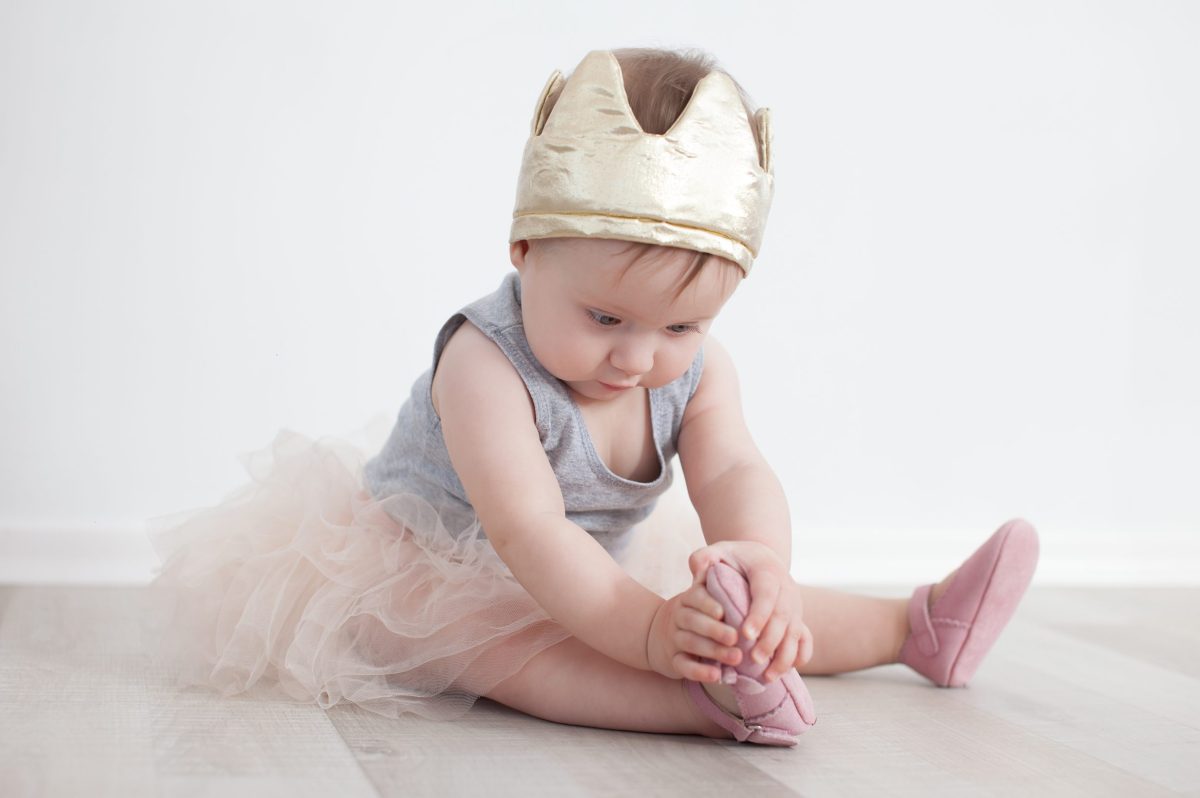One crucial factor to take into account while trying to comprehend a child’s changing demands is the size of their shoes. As toddlers reach the age of one, their feet undergo significant changes in size and shape. Determining the appropriate shoe size for a one-year-old can be a crucial task for parents and caregivers.
Ensuring a proper fit is not only essential for their comfort but also for their healthy foot development. However, pinpointing the exact shoe size for a one-year-old can be challenging due to individual variations and growth patterns. While there are general guidelines available, it is important to measure the child’s feet accurately and consider other factors such as foot width and shoe brand.
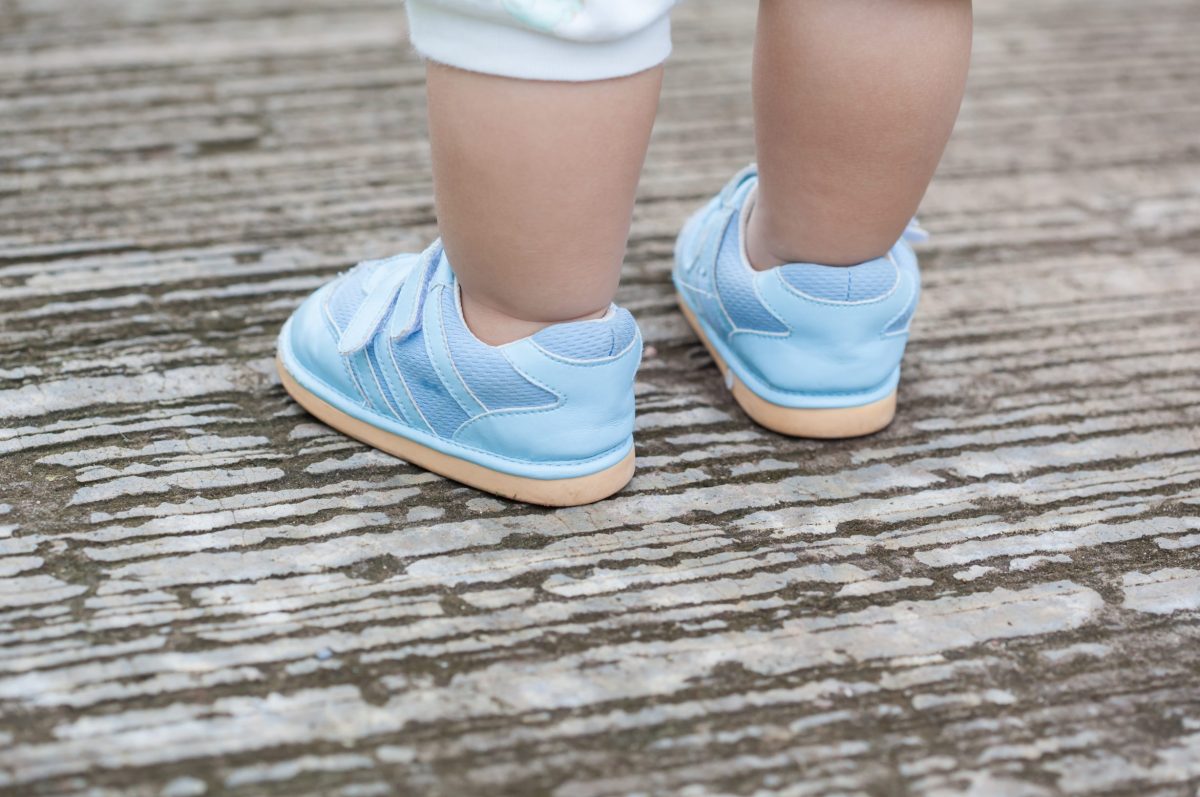
By understanding the factors that influence shoe size and making informed decisions, parents can ensure that their one-year-old’s feet are well-supported as they take their first steps on their journey of exploration and mobility.
1-Year-Old Shoe Size Chart
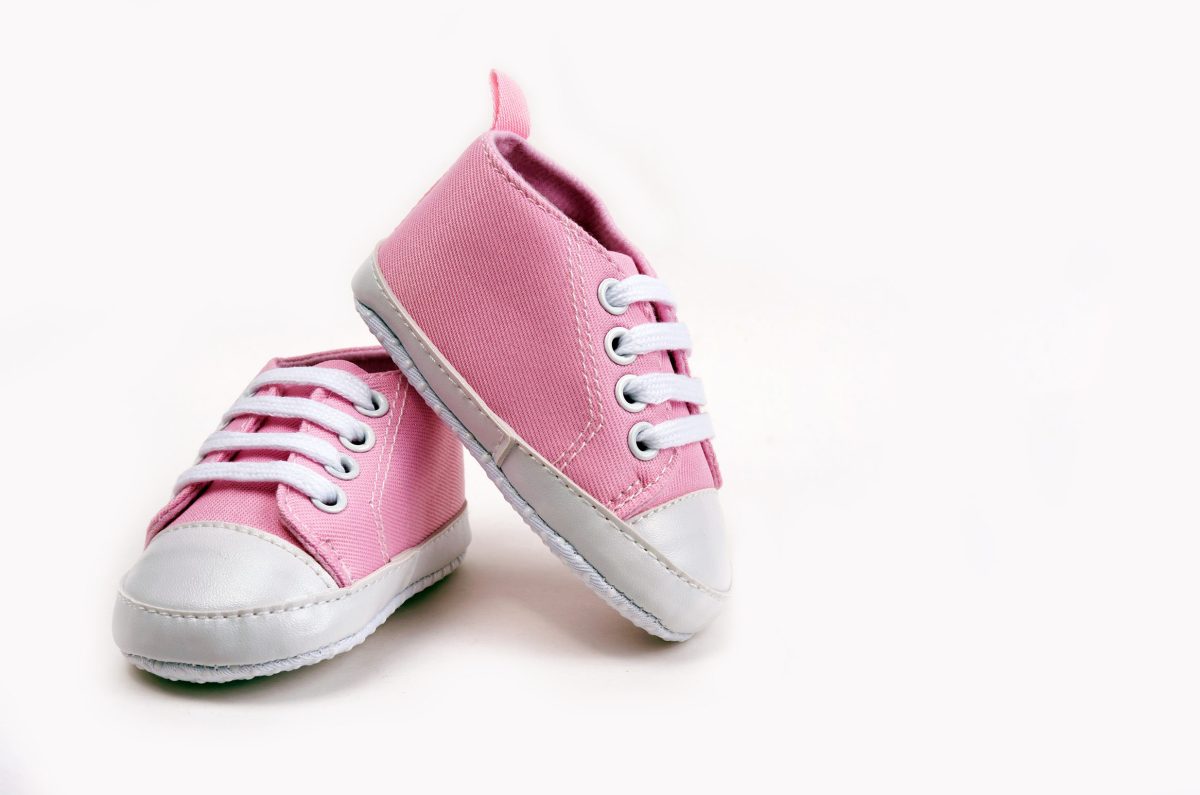
As any seasoned parent is well aware, the exhilarating journey of a baby’s initial steps unfolds into a captivating tale of ceaseless curiosity and vigorous exploration! As those tiny feet embark on their walking expedition, they engage in a harmonious symphony of movement, flexibility, and grasping, necessitating the utmost consideration when selecting the most fitting footwear.
Given the inherent diversity in the average shoe size of one-year-olds, it is paramount to undertake a meticulous measurement of your beloved baby’s precious feet prior to embarking on a momentous shoe-shopping expedition. Fear not, for the invaluable assistance of the following comprehensive shoe size charts has been thoughtfully provided, ensuring that you are equipped with the essential tools to commence your quest for the perfect pair of shoes for your cherished little one.
| Foot Length in Inch | Baby/Kids Shoe Size (US) | Approx. Age | Worn by |
| 3 5/8 | 1C | 0 – 2 months | Newborn |
| 4 | 2C | 1 – 3 months | Newborn |
| 4 1/8 | 2.5C | 3 – 6 months | Infant |
| 4 3/8 | 3C | 6 – 9 months | Infant |
| 4 1/2 | 3.5C | 9 – 11 months | Infant |
| 4 3/4 | 4C | 10 – 12 months | Infant |
| 5 | 5C | 13 – 15 months | Toddler |
| 5 1/4 | 6C | 16 – 18 months | Toddler |
| 5 5/8 | 7C | 21 – 24 months | Toddler |
How to Select an Appropriate Shoe Size for a 1-Year-Old?
Finding the ideal size shoe for young children, especially toddlers, and babies, can be a challenging task. However, with some careful consideration and following the right techniques, you can ensure that your little one’s feet are healthy and properly supported. This thorough guide offers you helpful advice to assist you in selecting the right footwear for your child.
Optimal Timing
It is widely recommended to try on shoes during the afternoon, preferably after 3 pm. This is because standing and walking during the day causes our ankles to swell. By trying or measuring your child’s feet during this time, you can avoid the inconvenience of loose-fitting shoes and ensure a better fit.
Sock Selection
In addition to timing, it is crucial to have your child wear their favorite socks when trying on shoes. Different types of socks can vary in thickness, and this can influence the required shoe size. By considering the socks your child will typically wear, you can ensure a more accurate and comfortable fit, reducing the chances of any complaints.
Precise Measurements
Achieving accurate sizing for your boy or girl requires careful measurement. While your child is standing, measure from the heel to the longest toe using a ruler, making a pencil mark at each point. This method provides a reliable indication of whether your child’s feet fall into the small, average, or larger size range.
Allowing for Extra Room
After obtaining the measurements, it is advisable to provide an additional 0.5cm – 1cm or 0.19″ – 0.37″ of wiggle room. This extra space not only enhances comfort but also accommodates potential foot growth over the coming months. By considering this recommendation, you can ensure that your child’s shoes will remain suitable for an extended period.
Expert Tip
Podiatrists strongly recommend measuring both feet individually, as there can be variations in length. This precaution ensures that both feet receive the appropriate level of support and avoids any discomfort or potential foot issues.
In your search for the ideal size of shoes for your toddlers and babies, we genuinely hope that our thorough information has been helpful. We kindly encourage you to share your measurements and experiences in the comments below. By doing so, you contribute to establishing reliable averages, which in turn aids other parents in their search for suitable footwear.
Furthermore, feel free to share your own successful infant or child shoe-fitting methods with the community if you have come up with them. Together, we can create a supportive and helpful environment for parents seeking the best footwear options for their children.
How To Choose Shoes For a 1-Year-Old Baby?
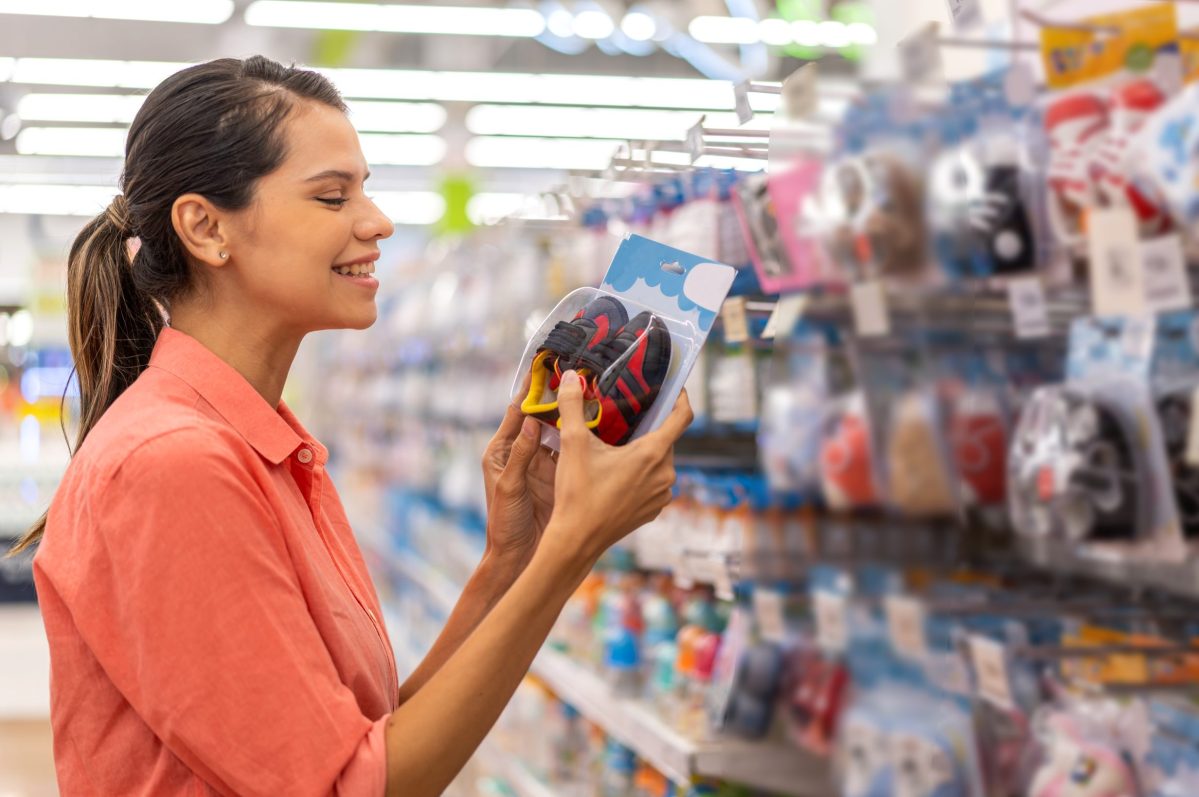
Selecting the right shoes for a 1-year-old baby is essential to ensure their comfort, support, and healthy foot development. The feet of young children are delicate and still developing, making it crucial to carefully consider various factors before making a decision. This analytical topic aims to explore the key considerations when choosing shoes for a 1-year-old baby, including proper fit, materials, flexibility, safety, and growth allowance.
Proper Fit
Choosing shoes with the correct fit is paramount for the baby’s comfort and overall foot health. The shoes should provide enough room for the baby’s toes to wiggle freely, allowing natural movement and development. It is important to measure the baby’s feet regularly as their size can change rapidly during their first year. Consider shoes with adjustable closures, such as Velcro or buckles, to ensure a snug fit.
Quality Materials
Opting for shoes made from high-quality materials is crucial to promote healthy foot development. Look for shoes made from breathable and flexible materials such as leather or mesh, which allow air circulation and prevent excessive sweating. Avoid wearing synthetic-material shoes as they may retain moisture and increase your chance of developing foot issues.
Flexibility
The flexibility of shoes is essential for a 1-year-old baby who is learning to walk. Shoes should have a flexible sole that mimics the natural movement of bare feet, enabling the development of proper walking patterns and balance. Bend the shoes with your hands to assess their flexibility, ensuring they are not too stiff or rigid.
Safety Features
Prioritizing safety features is vital when selecting shoes for a 1-year-old baby. For traction and to avoid slipping, look for footwear with a non-slip sole. Avoid shoes with thick or heavy soles that may impede the baby’s movement. Additionally, shoes should have a secure closure system to keep them firmly on the baby’s feet.
Growth Allowance
Considering the baby’s rapid growth, it is advisable to choose shoes with a bit of room for growth. However, avoid purchasing excessively oversized shoes as they can affect stability and cause discomfort. In order to accommodate development without affecting fit, aim for around a half-inch (1.27 cm) of additional space at the front of the shoe.
Conclusion
Choosing suitable shoes for a 1-year-old baby requires careful consideration of various factors to ensure their comfort, support, and foot health. Prioritizing a proper fit, high-quality materials, flexibility, safety features, and growth allowance will contribute to the overall well-being of the baby’s developing feet. By making informed decisions and taking the time to find the right shoes, parents can provide their 1-year-old with optimal support as they embark on their walking journey.
When Do Babies Need Shoes?
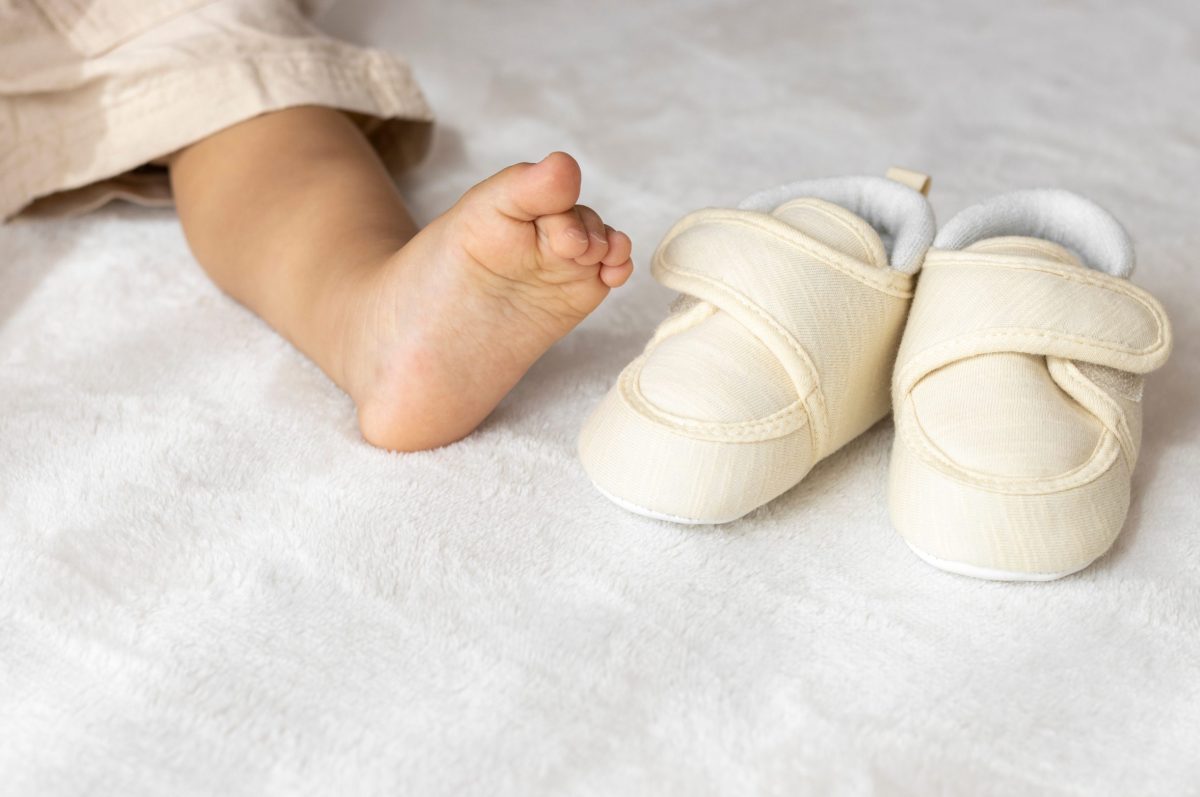
The question of when babies need shoes is a common concern among parents. While there is no fixed age for introducing shoes to infants, it is crucial to consider their developmental milestones and signs of mobility. This analysis explores the milestones associated with walking and provides insights into determining when babies may require shoes.
Between 6 and 13 months: Crawling
Crawling is typically the first stage of mobility for babies, occurring between 6 and 13 months of age. During this period, babies develop coordination and strength in their arms, legs, and core muscles. As crawling does not require shoes, it is unnecessary to provide them at this stage.
Between 9 and 12 months: Pulling themselves up
Around 9 to 12 months, babies begin to pull themselves up using furniture or other objects for support. This indicates their growing strength and desire to explore their surroundings in an upright position. However, since they are not yet walking independently, shoes are still not required during this phase.
Between 8 and 18 months: Walking
The milestone that most commonly signals the need for shoes is when a baby starts to walk independently. This phase typically occurs between 8 and 18 months, with some individual variations. When babies begin taking their first steps, shoes become beneficial as they provide protection and support for the baby’s feet while walking on different surfaces, a better way to teach your baby to walk.
Individual Variations
It is crucial to remember that every baby develops at their own pace and may not strictly adhere to the aforementioned timeline. Some infants may start walking earlier than expected, while others may take a bit longer. Parents should not worry if their child’s progress does not align precisely with the milestones mentioned above.
Consulting a Pediatrician
If parents have concerns or doubts about their child’s mobility development, it is advisable to consult a pediatrician. Pediatricians possess expertise in assessing a child’s overall health and can provide guidance based on individual circumstances. They can address specific concerns and offer personalized recommendations regarding the timing of introducing shoes.
Conclusion
Determining when babies need shoes is dependent on their individual developmental milestones and signs of mobility. While crawling and pulling themselves up do not necessitate the use of shoes, walking independently typically indicates the need for footwear. Parents should be mindful of their child’s progress, consult their pediatrician if needed, and consider the comfort, safety, and protection that shoes can offer during the walking phase.
FAQs
How do I measure my 1-year-old’s shoe size?
To measure your 1-year-old’s shoe size, you can use a shoe sizing chart or a measuring tape. Refer to the chart for the corresponding size after measuring the length of their foot from the heel to the longest toe.
Do I need to buy shoes for my 1-year-old?
While not essential, shoes can provide protection and support for your 1-year-old’s developing feet, especially when walking outside or on uneven surfaces.
How often should I check my 1-year-old’s shoe size?
It is recommended to check your 1-year-old’s shoe size every few months, as their feet can grow quickly during this stage of development.
What characteristics should I consider when purchasing shoes for a one-year-old?
When buying shoes for a 1-year-old, look for flexible soles, roomy toe boxes, and breathable materials to ensure comfort and proper foot development.
Should I choose soft-soled or hard-soled shoes for my 1-year-old?
For early walkers, soft-soled shoes or pre-walkers are generally recommended as they allow for better flexibility and natural movement of the feet. Hard-soled shoes can be introduced as they become more confident walkers.
Can I use hand-me-down shoes for my 1-year-old?
It is generally not recommended to use hand-me-down shoes for a 1-year-old, as each child’s foot shape and walking patterns are unique. Ill-fitting shoes can hinder proper foot development.
Are there any specific shoe brands recommended for 1-year-olds?
There are several reputable shoe brands that offer shoes specifically designed for infants and toddlers. Some popular options include Stride Rite, Robeez, Pediped, and See Kai Run.
How should shoes fit a 1-year-old?
One-year-olds’ shoes should have a thumb’s breadth (or roughly half an inch) between the longest toe and the front of the shoe. This allows room for growth and prevents discomfort.
Are there any signs that my 1-year-old’s shoes are too small?
Signs that your 1-year-old’s shoes may be too small include redness, blisters, or calluses on the feet, difficulty putting the shoes on, or frequent tripping and stumbling. A larger size might be necessary if you observe any of these symptoms.

